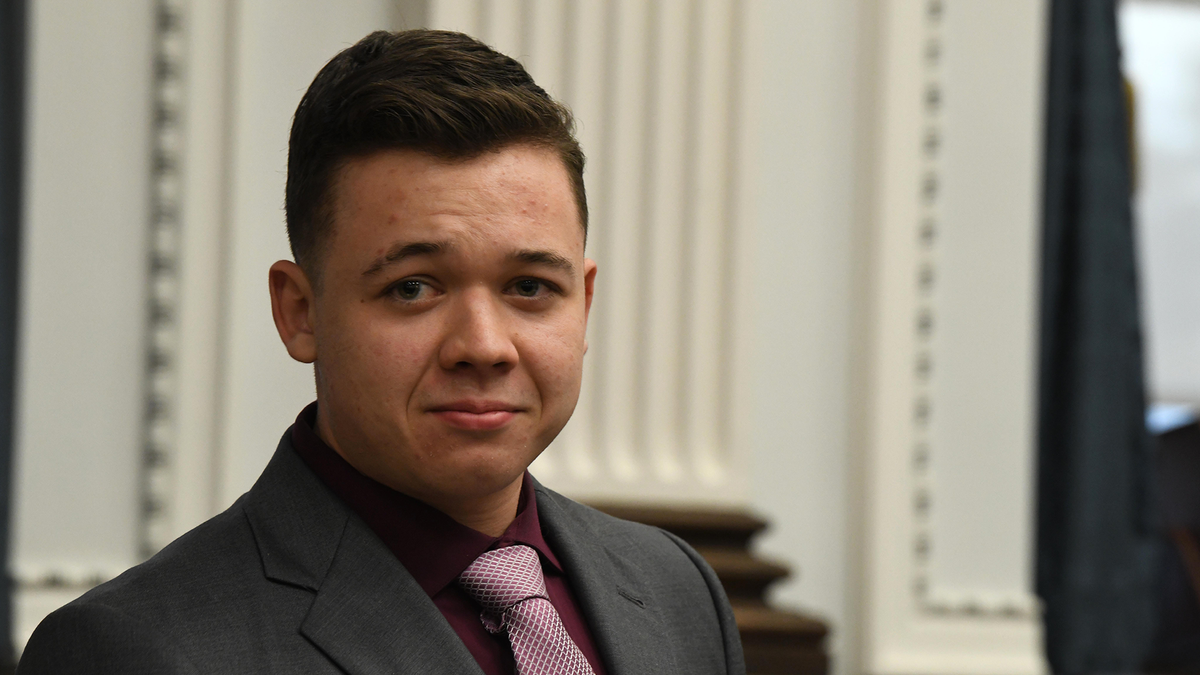The trial and pretrial proceedings had already sparked a national outcry after Judge Bruce Schroeder
decided last month that prosecutors may not refer to Rosenbaum, Huber, and Grosskreutz as “victims,” and that defense attorneys could call them “looters” or “arsonists.” Now with his tears, Rittenhouse has cast himself as the lone victim in his own homicide trial.
When he wasn’t crying, Rittenhouse explained why he had traveled the roughly 20 miles from Illinois. Earlier that day, he allegedly offered “condolences” to a business owner for cars that were set afire the previous night, and he said that he and a friend agreed to help provide armed protection for the business that night. The defendant also testified that he gave a bulletproof vest in his possession — issued by the Grayslake, Illinois, police department’s Explorer program for young people interested in law enforcement careers — to a friend, saying he felt he wouldn’t need it because, he recalled in the courtroom, “I’m going to be helping people.”
The Illinois teenager faces two counts of first-degree homicide and one of attempted homicide, along with three other charges in the shooting on August 25, 2020, just a couple of nights after a Kenosha police officer
shot Black motorist Jacob Blake seven times in the back in front of three of his children. The killings of the demonstrators caused
a national shock wave last summer, highlighting the powder keg of emotion surrounding arrests, clashes, and tense exchanges as tens of millions of Americans took to the streets to protest racial injustice






